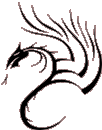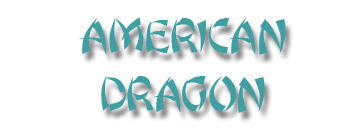Clinical
Manifestations
|
- Cervical lymphadenopathy refers to lymphadenopathy of the cervical lymph nodes (the glands in the neck). The term lymphadenopathy strictly speaking refers to disease of the lymph nodes, often however the term refers to enlargement of the lymph nodes. Similarly, the term lymphadenitis refers to inflammation of a lymph node, but often it is used as a synonym of lymphadenopathy.
Cervical lymphadenopathy is a sign or a symptom, not a diagnosis. The causes are varied, and may be inflammatory, degenerative, or neoplastic. In adults, healthy lymph nodes can be palpable, in the axilla, neck and groin. In children up to the age of 12 cervical nodes up to 1 cm in size may be palpable and this may not signify any disease. If nodes heal by resolution or scarring after being inflamed, they may remain palpable thereafter. In children, most palpable cervical lymphadenopathy is reactive or infective. In individuals over the age of 50, metastatic enlargement from cancers (most commonly squamous cell carcinomas) of the aerodigestive tract should be considered.
- Initial Stage:
The swollen gland, usually on the neck or behind the ear is often painless and usually found by accident.
The gland is hard and can easily be moved.
There is no sensation of Heat or Cold.
The color and skin texture is normal.
In some cases the onset may be marked by signs of Wind-Heat:
Fever
Headache
Aches and pains of the bones
Redness and pain of the eyes
TC:
Thin and yellow
P: Floating and rapid
- Middle Stage:
The gland enlarges slowly over a period of weeks
Adjacent glands become involved
Often several glands join together to form
one mass
The nodules begin to feel painful
The nodules become hard and not easily moved
Mild fever
Slightly reduced appetite
- Final Stage:
Abscess formation
Discharge of pus
1. Thick, purulent pus
Surrounding tissue is red
After a while the lesion closes and heals
2. A slow discharge of purulent fluid
The surrounding area turns a dark purple
The lesion remains open and an empty shell remains
There may be symptoms of Lung and Kidney Yin Deficiency or
Qi and Blood Deficiency
|

